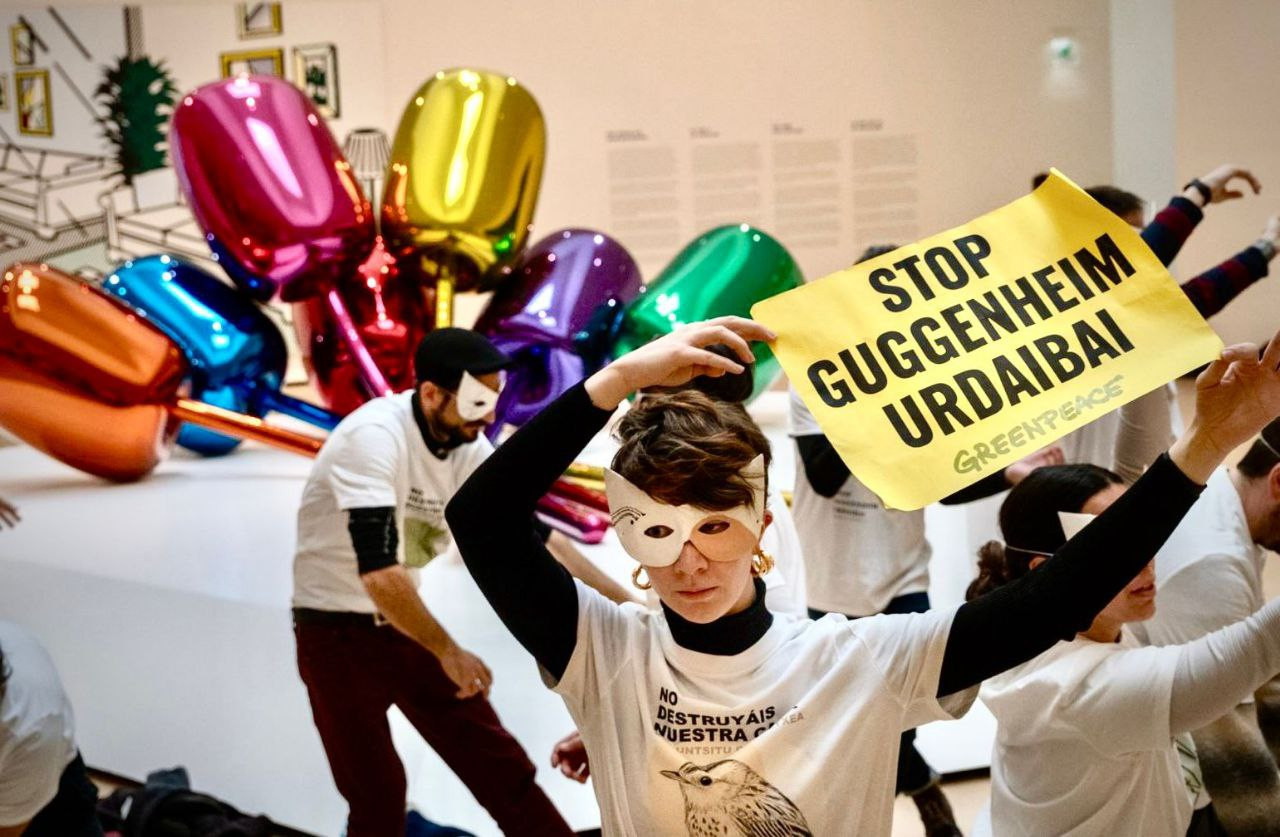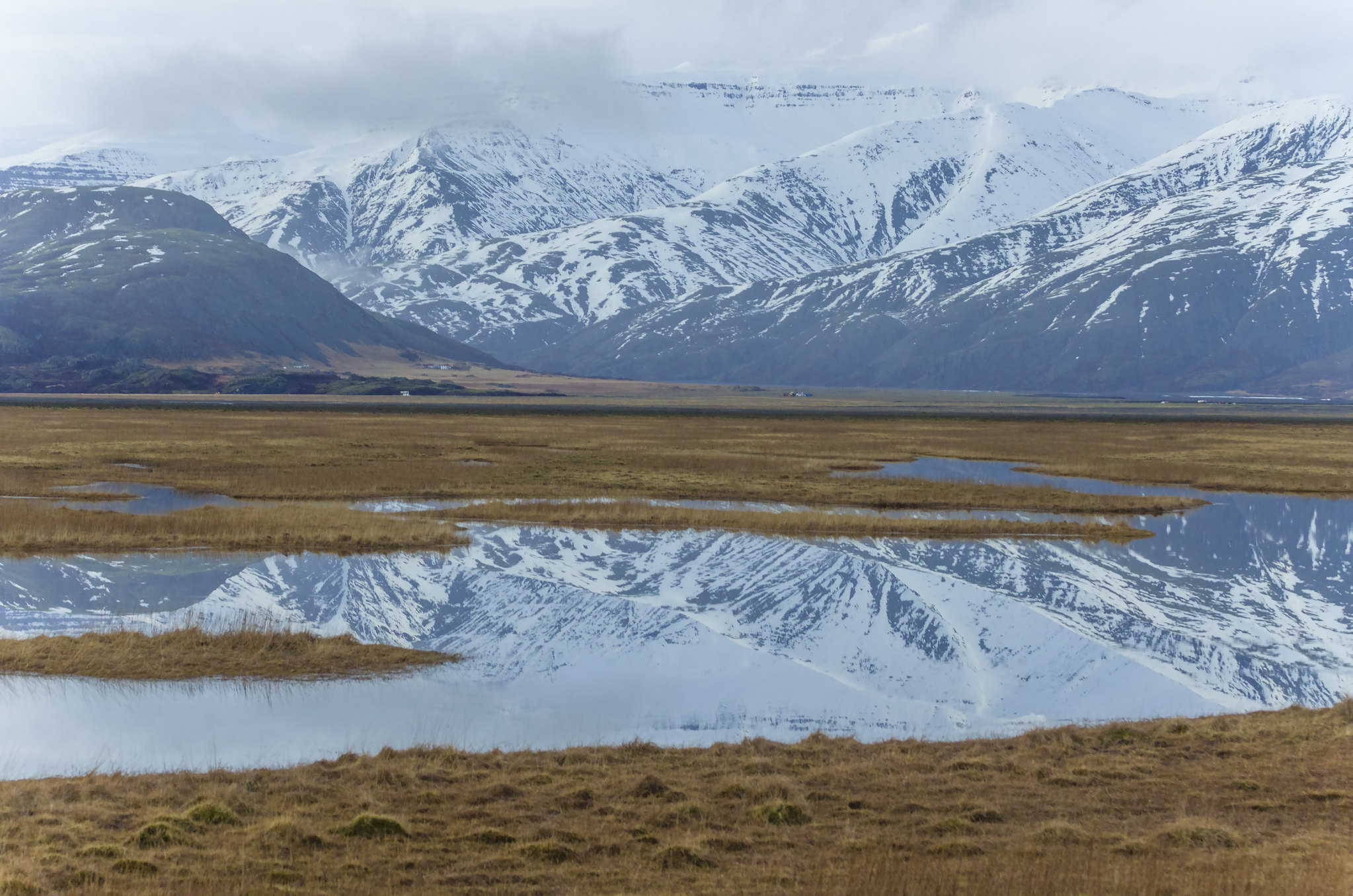Incinerators are not afraid of the climate going crazy
- On 27 September, a major climate mobilization is called for around the world, which will also provoke movements in the Basque Country. Will they mention much or little of the influence of incineration plants on the climate of planet Earth? The dominant private companies in waste management defend their activity as part of the fight against climate, as we will see travelling from Gipuzkoa to New Zealand for Bilbao and Mallorca.
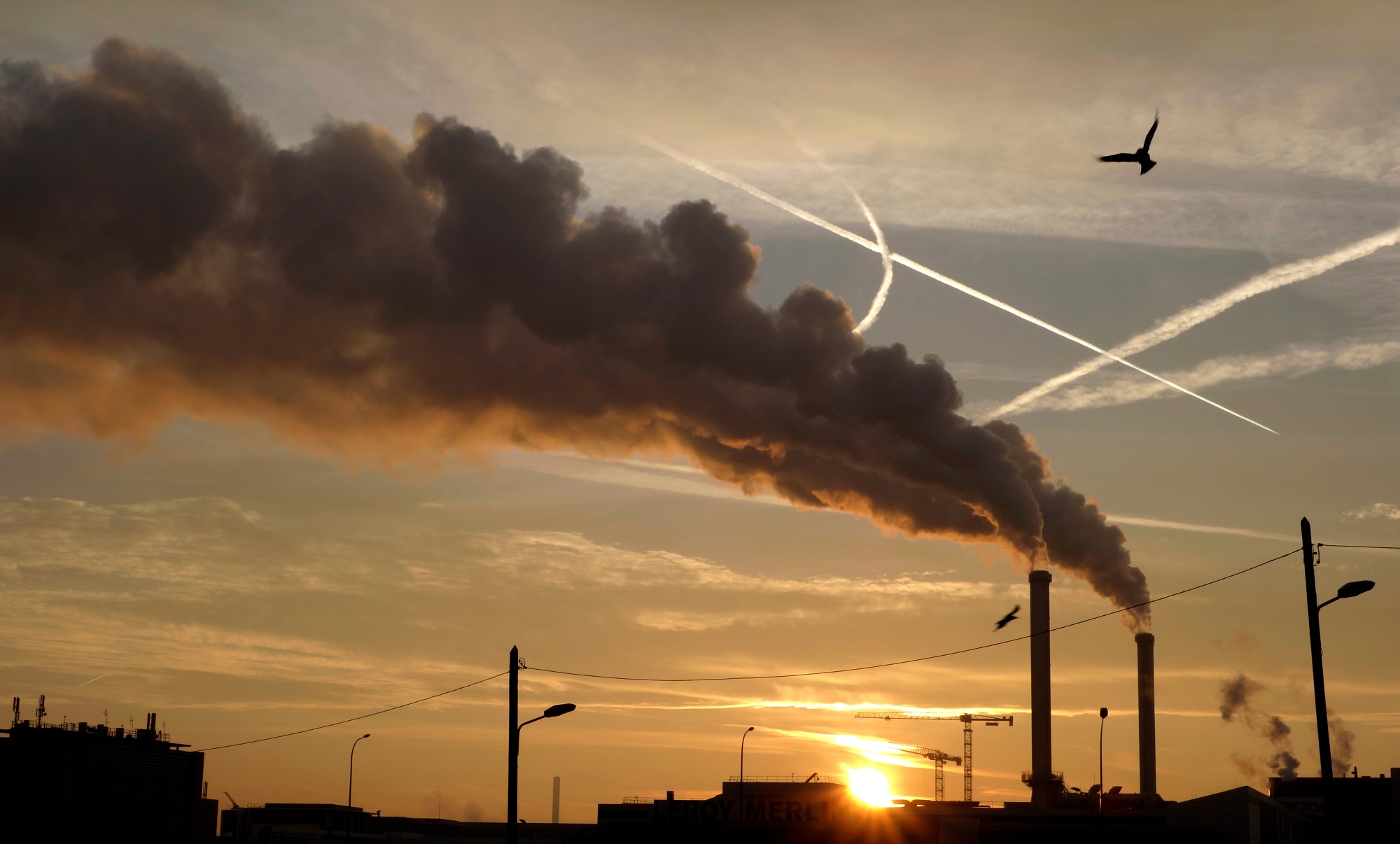
On 25 July five hundred citizens came to the Hokitika Hall of Events, the people of New Zealand, to hear from the authorities this attractive proposal:Building a new incinerator in the Westland region. It would generate 28 megawatts of electricity per year, with 300,000 tons of combustion, plus hot water for salmon and corner crops and vegetable orchards. In the construction phase, it would employ 150 jobs and 60 regular jobs. With the slag or slag left in the furnaces, concrete would be made for construction and the garbage would be brought to Hokitiki not by trucks, but by train, making them recharged with milk from the large wells in the region, so that they could be returned empty.
In the newspaper Stuff, Westland’s main media, journalist Joanne Carroll explained that “the incinerator proposal has not convinced the inhabitants of the West Coast”. The chairman of the public company Renew Energy, responsible for the project, stressed to reassure listeners that the company in the current project is not China, but is a European company, refusing to give names. The people of Hokitik wanted to reassure them: When the location of the incinerator, which has been spinning in the region since 2005, was practically tied, the municipal plenary of the town of Buller dismissed the mayor for conducting the negotiations in secret.
Kevin Stratful leads the public company Renew Energy and at the same time the economic development agency of the WestCoast region, the fashion of the doors and mills so well known in the Basque Country is widespread. In his current effort, the leader showed Hokitiki’s neighbours, to reassure them, “a long video about an incineration plant on the island of Mallorca, saying that each year it brings together millions of tourists. Laughter was heard from people when they said the incinerator would attract tourists to the Westland region as well.”
To congratulate the readers of New Zealand, Carroll is a journalist who wants to check on his own the authorities’ information and a week later he published “The European partner of the incinerator is a Chinese”, demining the words of the head of the project in the public. Starting to investigate the issue, another head of Renew Energy had to confess to the journalist that the Chinese company that is building the New Zealand incinerator is Tianying (CNTY), a partner mentioned but not named in the full public is Urbaser, which is true to say that Tianying is now the owner of Urbaser and that the Malli video incinerator shown by the people of Hokitiki is Orchestra. Carroll came to the owners of the propagandistic video and they confessed the truth to him: “A company spokesman Tirme told us that they receive 12,000 visitors each year at their Center for Environmental Education and Information, but that most are children and people in the area.”
In Gipuzkoa, the authors and players of the Bertsos who will soon be participating in their Bertsolaris Championship would have a thread to sing.
The president of Real Madrid, Florentino Pérez, is known in the Basque Country by the Chinese multinational Urbaser, owner of the firm, Tianying: The management of all urban waste in Zuberoa, Nafarroa Beherea, Lapurdi and Gipuzkoa is abandoned by the authorities of these territories, the TMB Canopia de Baiona – which sends the last rejections to the incinerator – and the incinerator of Zubieta – called by the Energy Recovery Plant authorities – located in the Environmental Complex. The Environmental Technologies Park is the Parque de Tecnología Ambiental, an incinerator of Mallorca that was watched by the inhabitants of Westland – 80% Urbaser, 20% FCC.
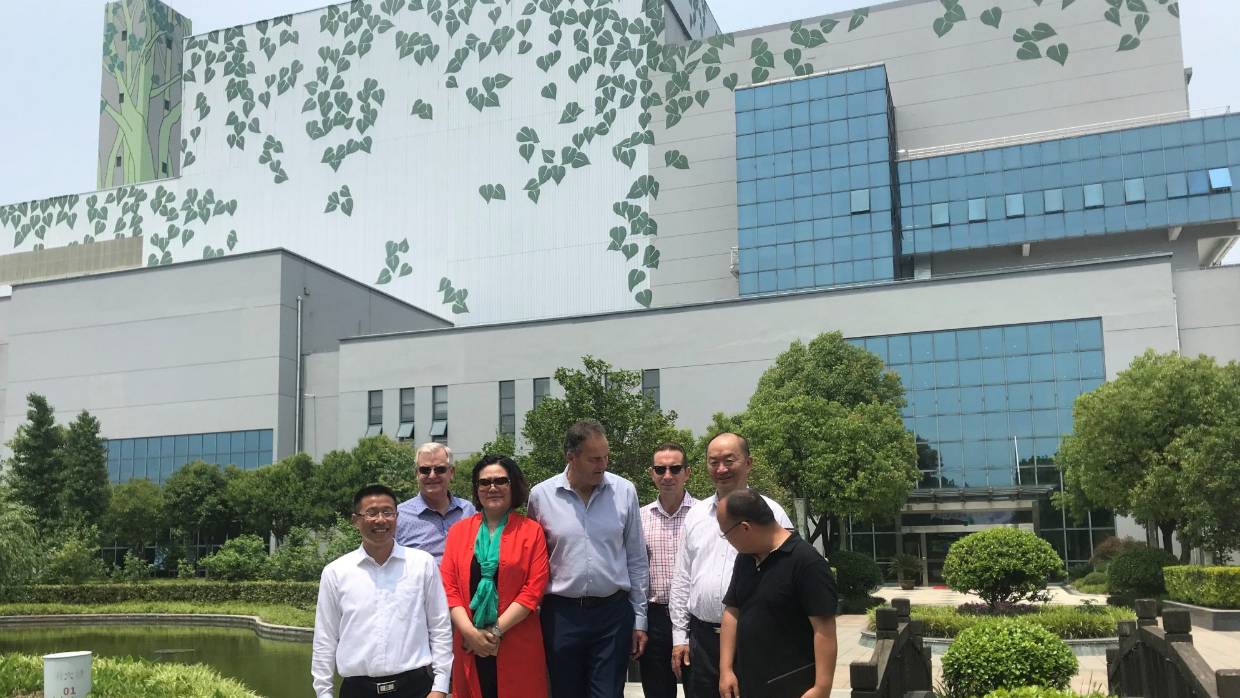
These names underline that both the funding and the justification for incinerators are based on the argument that they are better than other waste management models, namely landfill. To begin with, they have managed to change the name of their activity: in the major media of the world you will rarely find words incineration or incinerator: instead, Waste-to-Energy (WtE) and Waste-to-energy.And if among their qualities stood out the purity of smoking, baraty, innovation, the fuel lobby, energy and incineration have been defended with the concept of circular economy… until
Just as environmental degradation and climate change are a source of concern for ordinary citizens, for large corporations, including private companies that control public waste management around the world, the environment and climate have become a tool to clean up their image, there is nothing more to do with how many public relations operations they organize and finance disguised as scientific congresses. In Euskal Herria, for eight months, two major international countries: in March, Change the Change was held in Donostia and in October, the ISWA 2019 is scheduled to be held in Bilbao.
In the carbon count
“Circular Economy: What are you doing?” and what do you do?) Under the motto 'Teknopolis' will meet from 7 to 9 October at the World Congress to be held by the ISWA employers, which will bring together the leading Spanish waste management leaders. It is estimated that they are global waste management professionals, politicians, industrial leaders, planning managers, scientists and young professionals, in total 1,200.
The main institutions of Spain and the CAPV are the sponsors of this evenement in Bilbao, along with the public companies IHOBE and GHK, and among the sponsors, for putting most of the money appears under the title of silver sponsor… Urbaser. -Tianying.
These are the points that ISWA has made since the beginning of the 1,200 bertsolaris that will be quoted in Bilbao: “The scientific programme will analyse sustainable waste management, the circular economy, resource use (…) waste reduction, prevention, re-use and recycling, climate change…”.
In fact, the employers of the incinerators claim that it can make a great contribution to curbing the insanity of the climate by burning waste. One of the main documents of the European Association of Incinerators of the Basque Country in 2018 says from the title: “Incineration contributes to the European Union’s long-term greenhouse gas reduction strategy”.
In the accounts of these companies, greenhouse gas emissions from waste management have been reduced in recent years, because they are recycled more, transported less to underground landfills and incinerated more. That is why they propose to go further along the road that has been taken so far, because “an annual reduction of 175 million tonnes of CO2 can be achieved, as well as the total CO2 that the Netherlands spills when burning fossil fuels, if we take the waste that we still bury to the highest systems in the waste hierarchy”, that is to say, to incinerators.
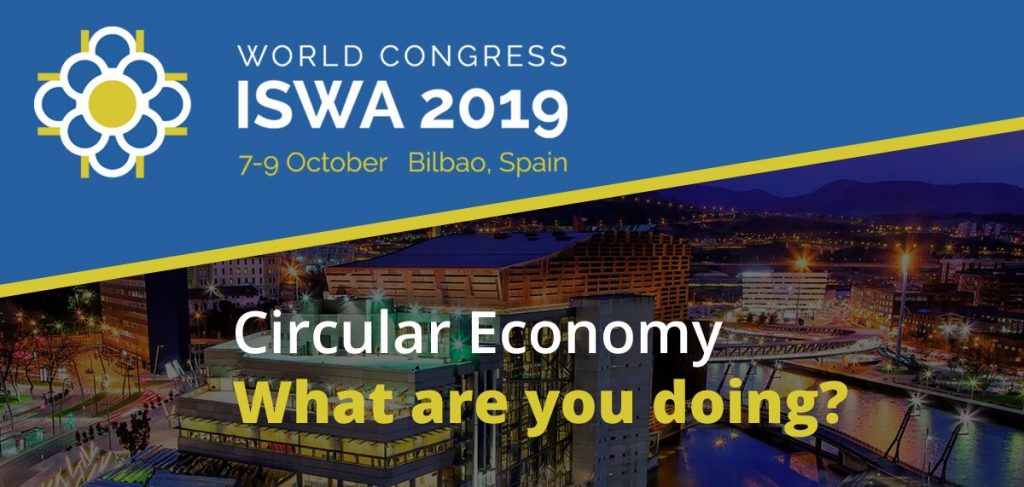
The employer says that with the 39 TWh (TeraWatt/hour) and 90 TWh recovering in hot water, currently produced by incinerators, they save 50 million tonnes of CO2 to the climate, as if they were not burned they would have to bring and consume 50 million tonnes of fuel from abroad. And that using the right technologies, incinerators can serve both to heat and to refrigerate homes. The United States also speaks in a similar way.
“That’s imaginative accounting,” the NGO Energy Justice responded in the dossier of waste incineration and climate change. “Incineration is very bad for the climate, as a coal plant emits 2.5 times CO2 to get the same amount of electricity. (…) It is important to realize the tricks in accounting. If CO2 emissions from incinerators’ fireplaces are compared well with those from other sources of pollution, it is clear that incineration is the worst.” What is the trick?
Firstly, the discharges from incinerators do not take account of biogenic CO2 produced by the incineration of waste from plants or animals: papers, food surpluses, wood, leather… Although these constitute almost half of urban waste.

On the contrary, they add in the saved quantities of CO2 the methane that these residues would generate if they were to be buried without smoking, without taking into account that there are alternatives to reduce them, as demonstrated by the people who work in the Trash models Cero.La third manipulation, says
Energy Justic, “leaves out the emissions of fossil fuels they use to generate energy in incinerators”. Professor Gorka Bueno in the Basque Country has clearly documented this by analyzing the natural gas burned by Zabalgarbi. Discharges of metal recycling from slags or slags from furnaces, transport of the last waste to landfills, etc. are also excluded from the accounts.
Like Energy Justic in EE.UU, the UK No Incineration Coalition (UKWIN) in Europe this year has published an analysis of the climate effects of this technology on waste management in Britain. In the document it says: “The waste industry is selling that incineration is a solution to climate change, but data show that incineration itself is part of the climate problem.”
UKWIN attaches particular importance to the combustion of plastics. Firstly, because they do not enter the carbon payment system, although plastics are derived from fossil fuel: “Incinerators do not enter the compensation system that is set up to reduce the use of fossil fuels and reduce CO2 emissions and have therefore for many years not paid compensation for the damage caused to society by the dumping of dangerous greenhouse gases.” And on the other hand, because burning plastics is a very inefficient way of generating electricidad.El
September 27 is called worldwide a great mobilization in favor of climate, which will also provoke movements in Euskal Herria. Will they mention much or little of the influence of incineration plants on the climate of planet Earth?
Lurrak guri zuhaitzak eman, eta guk lurrari egurra. Egungo bizimoldea bideraezina dela ikusita, Suitzako Alderdi Berdearen gazte adarrak galdeketara deitu ditu herritarrak, “garapen” ekonomikoa planetaren mugen gainetik jarri ala ez erabakitzeko. Izan ere, mundu... [+]
Eskola inguruko natur guneak aztertu dituzte Hernaniko Lehen Hezkuntzako bost ikastetxeetako ikasleek. Helburua, bikoitza: klima larrialdiari aurre egiteko eremu horiek identifikatu eta kontserbatzea batetik, eta hezkuntzarako erabiltzea, bestetik. Eskola bakoitzak natur eremu... [+]
Agintari gutxik aitortzen dute publikoki, disimulurik eta konplexurik gabe, multinazional kutsatzaileen alde daudela. Nahiago izaten dute enpresa horien aurpegi berdea babestu, “planetaren alde” lan egiten ari direla harro azpimarratu, eta kutsadura eta marroiz... [+]
Biologian doktorea, CESIC Zientzia Ikerketen Kontseilu Nagusiko ikerlaria eta Madrilgo Rey Juan Carlos unibertsitateko irakaslea, Fernando Valladares (Mar del Plata, 1965) klima aldaketa eta ingurumen gaietan Espainiako Estatuko ahots kritiko ezagunenetako bat da. Urteak... [+]
Nola azaldu 10-12 urteko ikasleei bioaniztasunaren galerak eta klima aldaketaren ondorioek duten larritasuna, “ez dago ezer egiterik” ideia alboratu eta planetaren alde elkarrekin zer egin dezakegun gogoetatzeko? Fernando Valladares biologoak hainbat gako eman dizkie... [+]
Eskoziako Lur Garaietara otsoak itzularazteak basoak bere onera ekartzen lagunduko lukeela adierazi dute Leeds unibertsitateko ikertzaileek.. Horrek, era berean, klima-larrialdiari aurre egiteko balioko lukeela baieztatu dute, basoek atmosferako karbono-dioxidoa xurgatuko... [+]







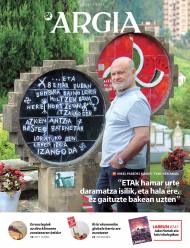




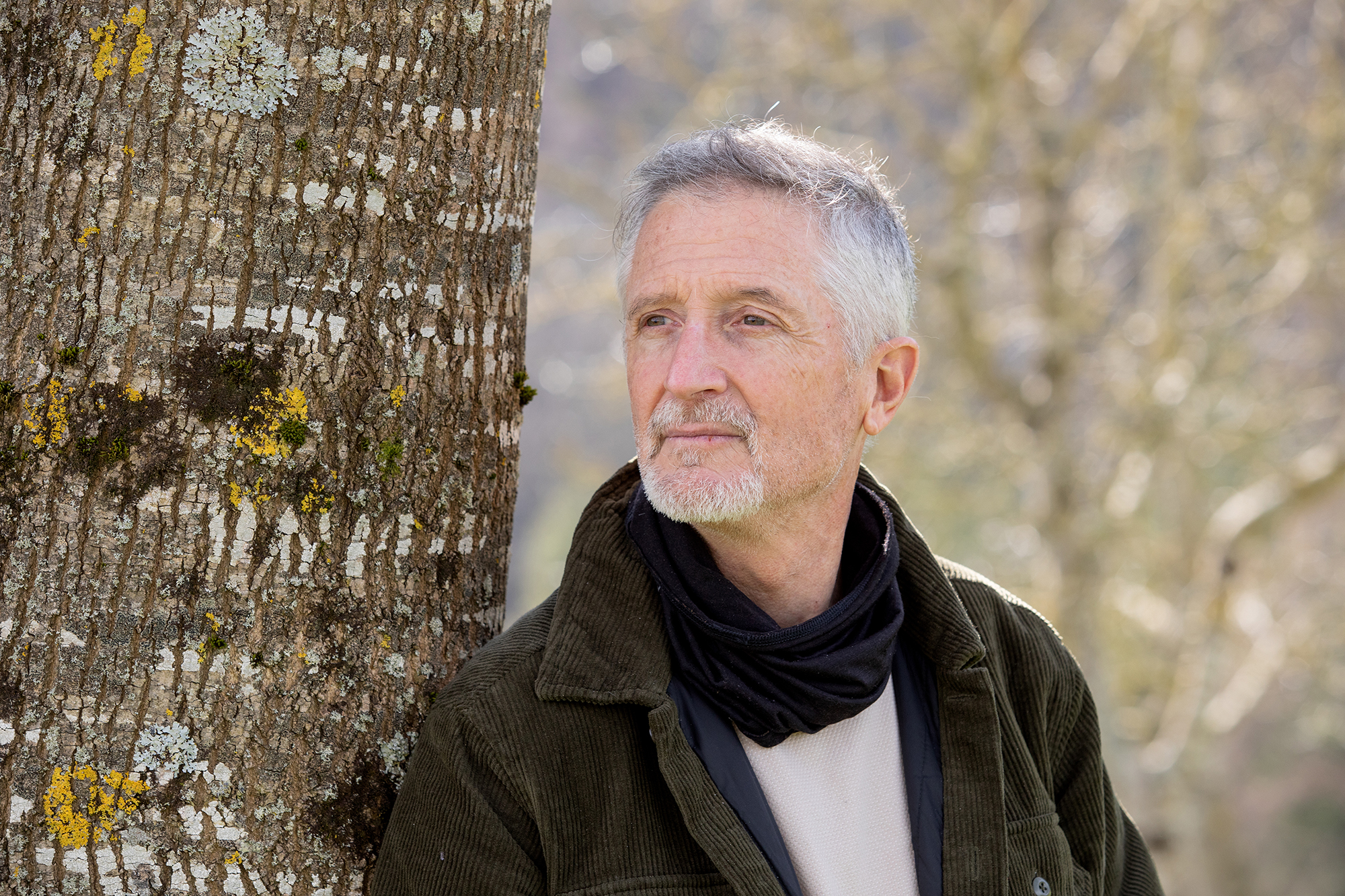
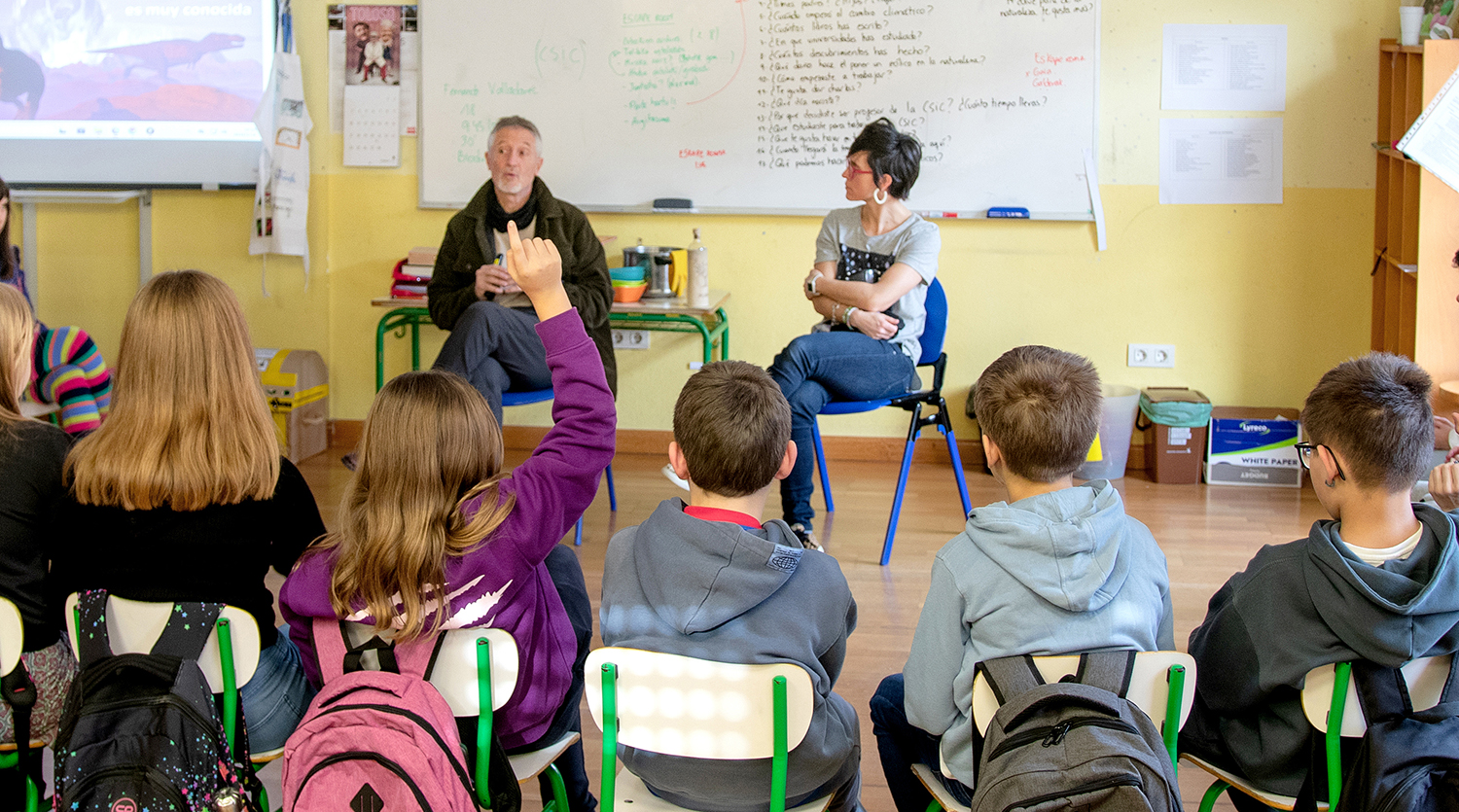

_Glaciar.png)


